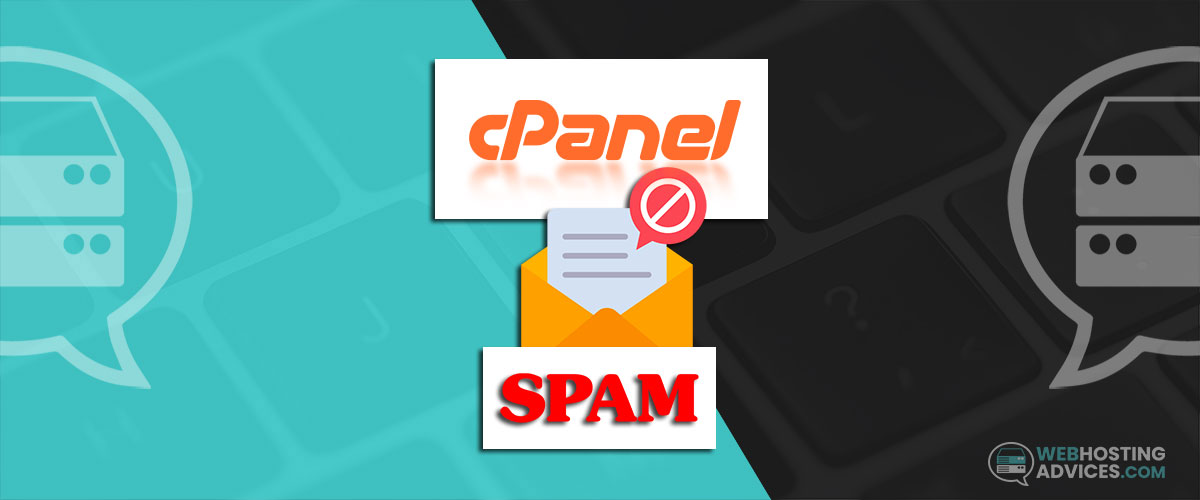Are your emails going to spam? It’s frustrating that despite trying all the preventive measures, you can’t land in your inbox.
In this guide, we will see why cPanel email going to spam, and most importantly, we will see how you can fix it.
Let’s start with the reasons.
Why cPanel email going to spam? (8 Reasons)
We will begin with 8 top reasons why cPanel email is going to spam. Please note that this section only includes the reasons. We will soon see how you can fix them.
1. You haven’t set up email authentication
The top-most reason your cPanel emails are going to spam is because of one of these authentication issues.
- DKIM: DomainKeys Identified Mail basically adds a header to the email. This is to verify the integrity of the email. So, the receiver’s server can ensure that the mail wasn’t altered.
- SPF: Sender Policy Framework is to ensure that the mailbox from which you’re sending emails is authorized to send emails.
- DMARC: Domain-based Message Authentication, Reporting, and Conformance is the process that is built on top of DKIM and SPF. If one of the above authentications does not match, DMARC tells the server how to handle such emails.
Proofpoint shows an amazing demonstration of DMARC working.
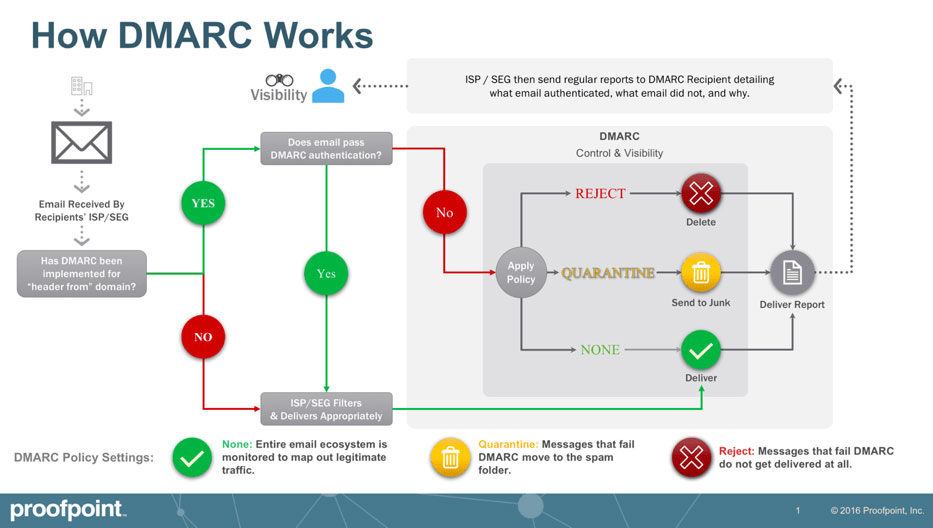
2. Your IP address got Blacklisted
Be extremely careful when buying shared hosting. If there are multiple spam emails sent from the same IP address, email servers might block that IP address. Since shared hosting has the same IP address, you may end up lending in a spam box.

3. You’re using words or elements that are spam triggers
All email servers use a filtering system. If they find trigger words, they will send your email to spam. Here are a few words you should avoid.
- Promotional: Free, act now, winner, click here, exclusive deal, etc.
- Incentive-based: Cash bonus, crypto keywords, money-back, no obligations, risk–free, etc.
- Capitalization: WIN A FREE IPHONE counts as spam for multiple reasons.
- File/media: Large or suspicious files can also trigger spam.

4. You’re using a bad email list
Downloaded an email list from the internet? Don’t directly start sending your emails there. It might cause your emails to go to spam. You can use EmailListVerify to clean your list.
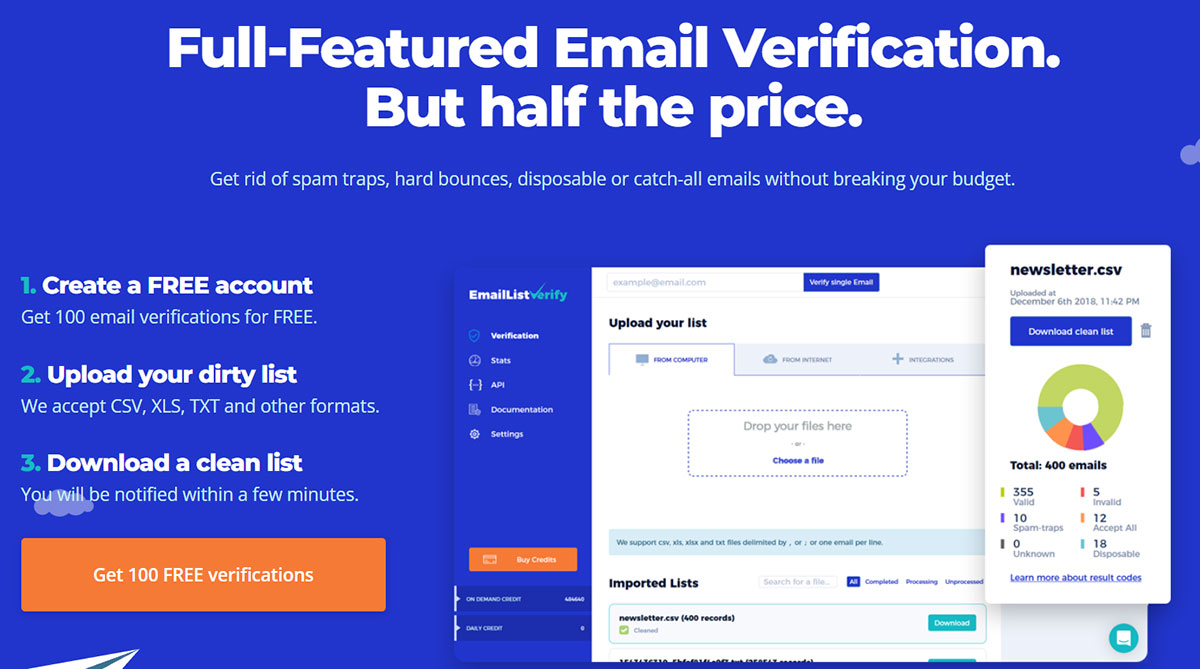
5. Suspicious Website Links and Misleading URL Practices
Adding suspicious website links with more numbers or characters will lead to your email going to spam. Don’t add too many links, especially no links with high spam scores.
These are considered misleading URL practices. Use tools like URLVoid to check the URL.
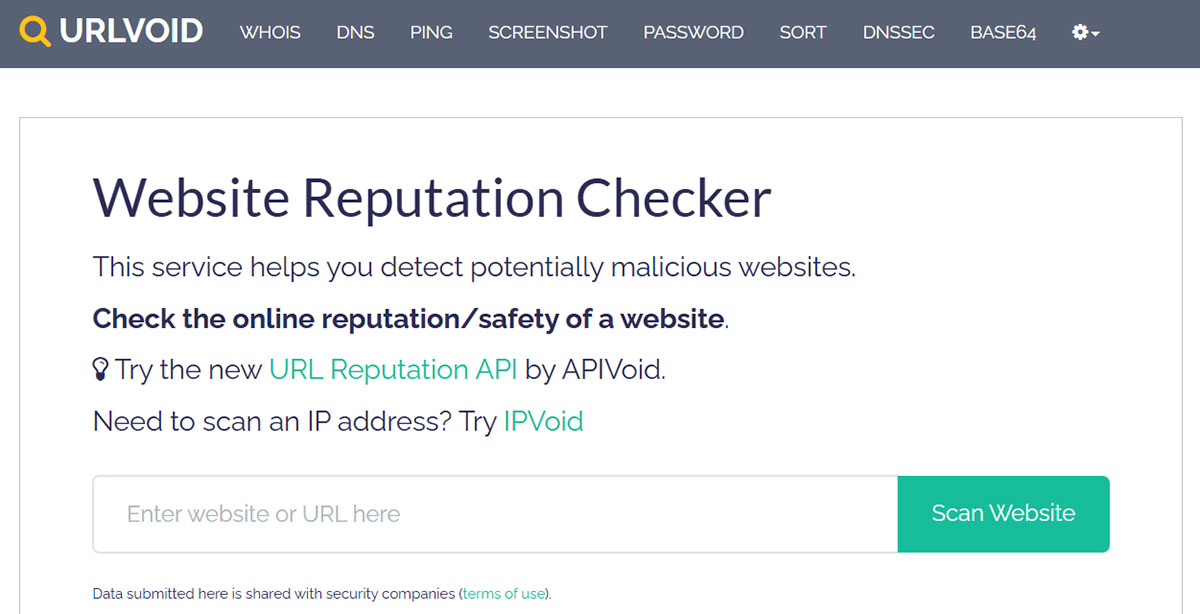
6. You’re using too many pictures
Adding too many pictures is also considered spam. Depending on the size of the email, you should add only a limited number of pictures.
If you want to add more pictures, make sure that the text is big enough. Ideally, you should only add 1 or 2 images in a short email.
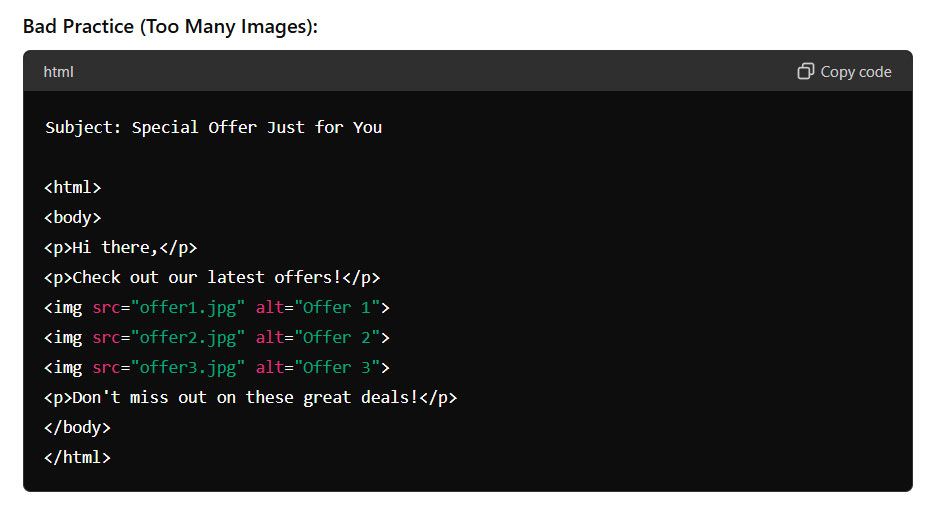
7. You’re sending a lot of attachments
Attachments should only be sent once you get a reply. Ideally, it’s not even recommended to send more than 1 attachment. You should try to send emails with no attachments if you’re doing cold emails.

8. Your recipient reported you as spam
Recipients have the option to report your email as spam. If many people report your emails, your email address will go in the spam list.
So, don’t send emails without consent, and make sure to add an “Unsubscribe” button at the end to avoid recipients reporting you as spam.
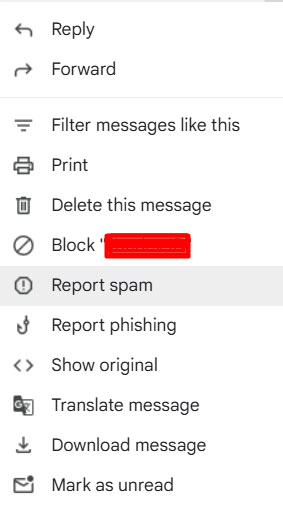
How do I stop emails from going to spam in cPanel?
Let’s see how you can stop emails from going to spam sent via cPanel.
Identify the problem
The first step is to identify the problems. We already shared the top 8 reasons above. Here’s a way to check if your IP is blacklisted.
Head over to MXToolBox and enter your IP or domain name, it will show you if your IP is blacklisted or not.
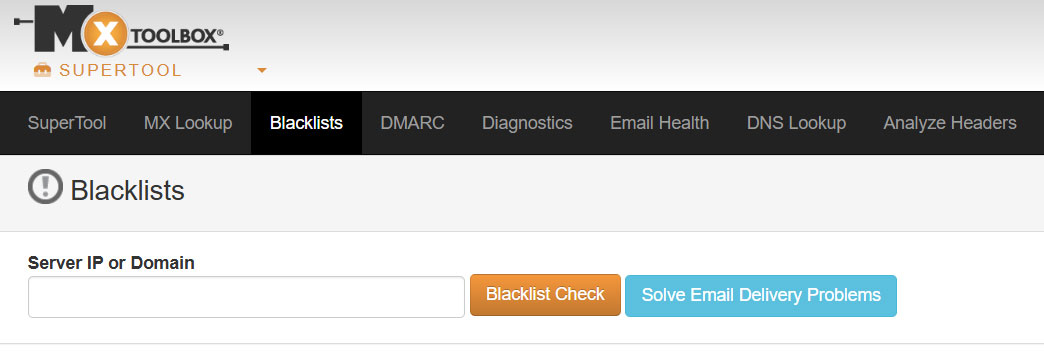
You can use Mailtester to analyze your email for spam keywords, images, or anything other elements. Just send your email to the given email address on the Mailtester website.
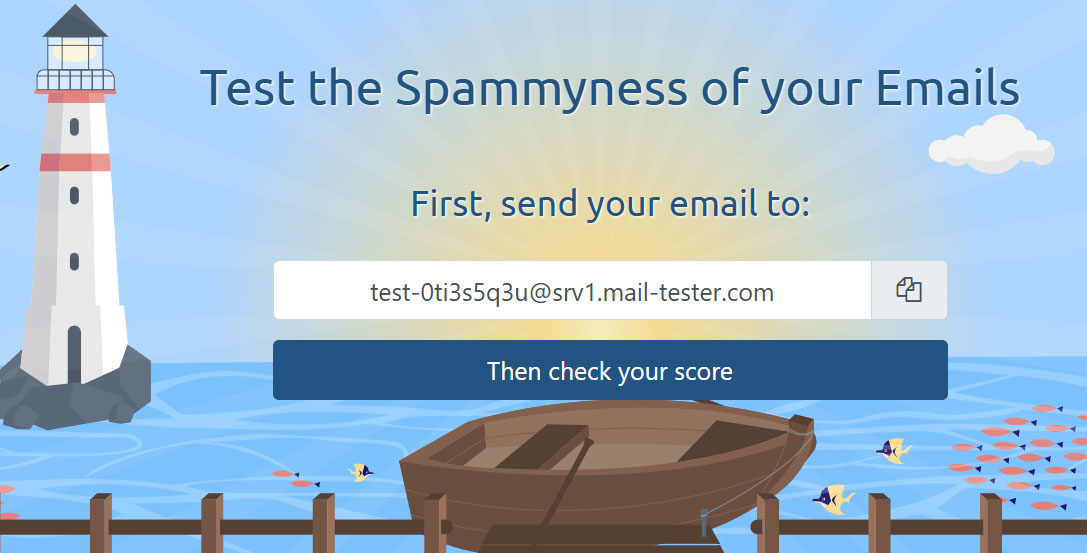
Configure SPF and DKIM DNS records in cPanel
Go to “Email Deliverability” and you will see the records. If the records are misconfigured, it will say “Install the Suggested Record”. Click on it and let the system do its task. Do the same for all the authentication such as SPF and DKIM.
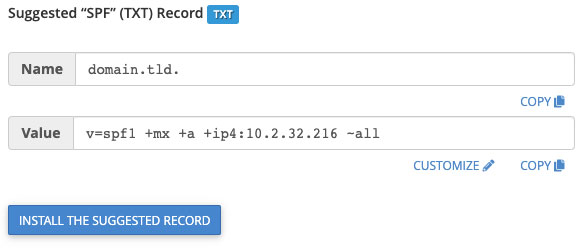
Use a dedicated email sending service
Instead of using hosting email, you can also get a dedicated specialized email SMTP provider. Elastic Email is one such service.
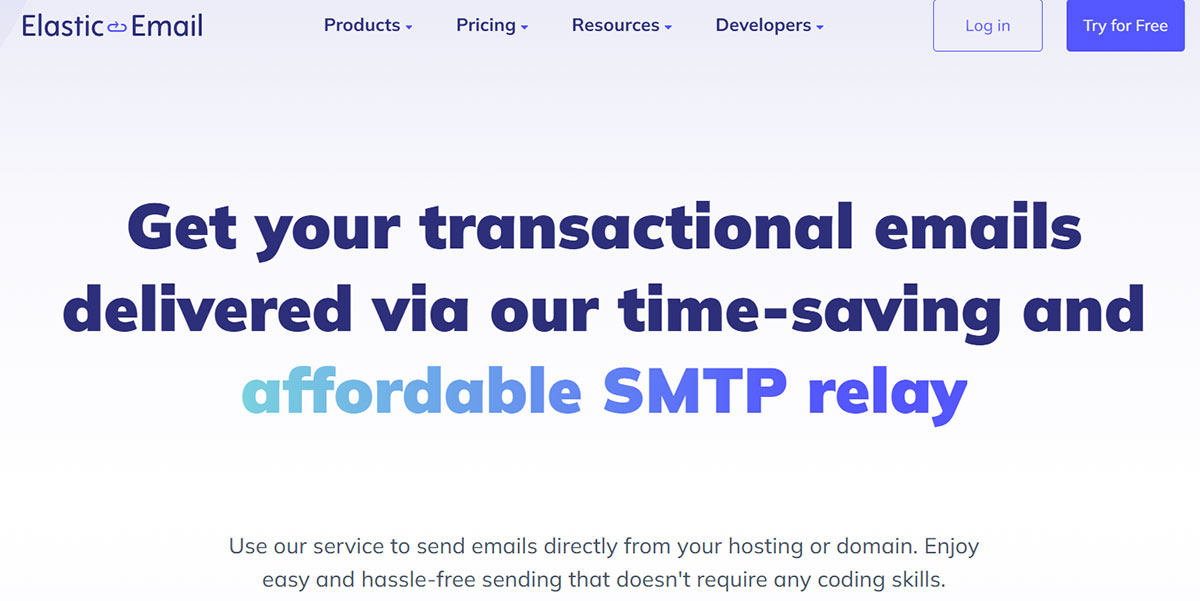
Follow email design or copy best practices when sending emails
Here’s how you can follow the right design/copy for sending emails.
- Clean layout: Always use a clean layout with proper text and image alignment.
- Proper Branding: Make sure you do proper branding. For instance, you should add your logo, your email address shouldn’t look spammy, and you or your company’s name should be visible in place of the sender’s name.
- Structured HTML: You need to ensure that you’re using the right HTML format where all the elements of emails are visible.
- Images/text: Make sure you use more text and less images. The text shouldn’t include promotional words as we discussed above.
It’s best to use the template provided by an email service provider.
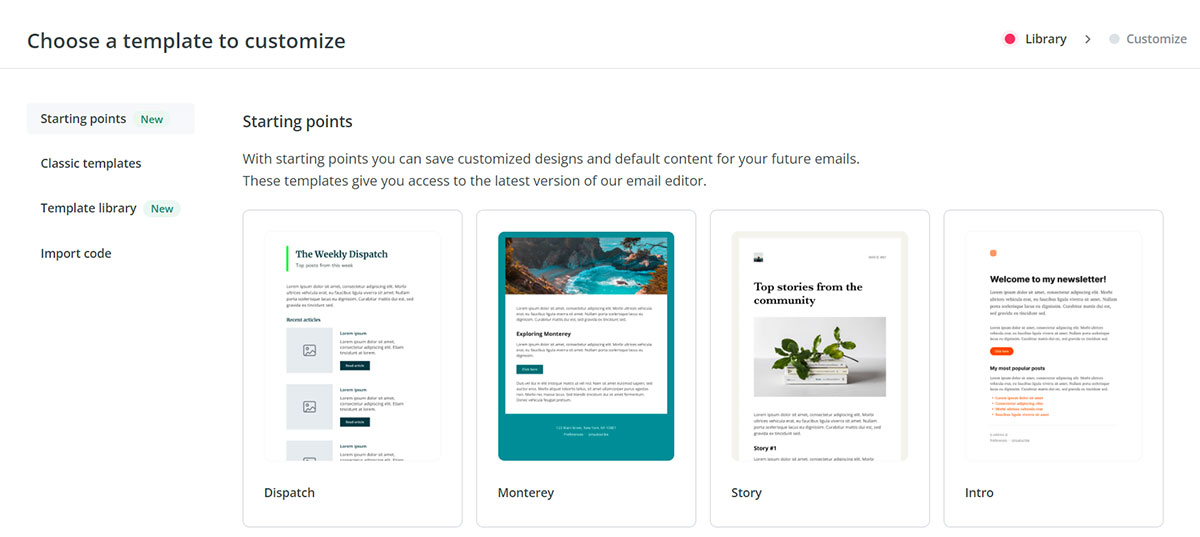
How to Prevent cPanel Spam?
There are a couple of ways you can use to prevent cPanel spam.
Setup FCrDNS (Forward Confirmed Reverse DNS)
FCrDNS is a network config that consists of both forward (name-to-address) and reverse DNS values that match. It’s a double-confirmation for filters to ensure that the email is from a legit source.
To set up FCrDNS, you will have to first login to your cPanel and head over to “Zone Editor”.
Add an “A” record with your IP address and mailbox server. In the below screenshot, we have taken a sample IP and domain name.
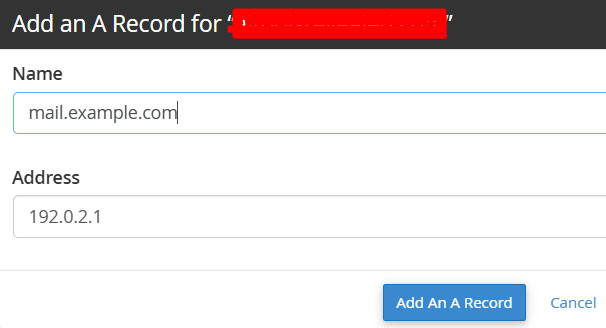
Once you are done, you will have to contact your hosting provider and request them to set up a PTR record. You can simply ask them to set up a PTR record for IP address 192.0.2.1 to point to mail.example.com.
That’s pretty much it. Now, you just need to confirm if it’s working. You can use DNS lookup for the same. Open your terminal and add the following command line.
“dig mail.example.com”
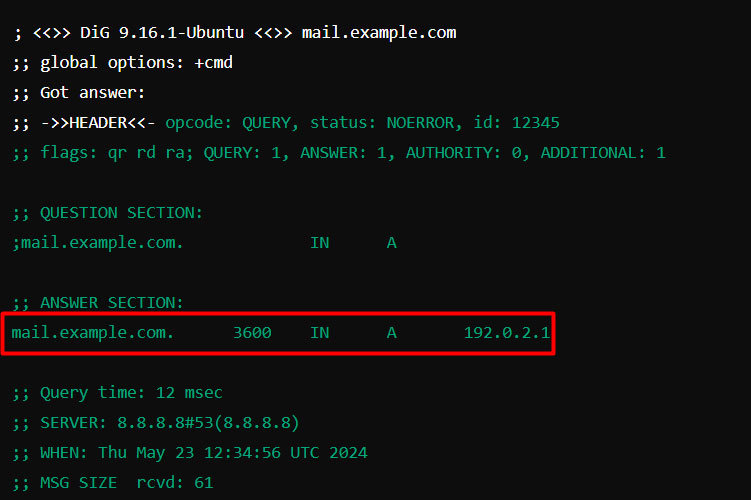
In the same way, you can recheck using reverse DNS.
Enter the following command. Make sure you have replaced the IP with your own.
“dig -x 192.0.2.1”
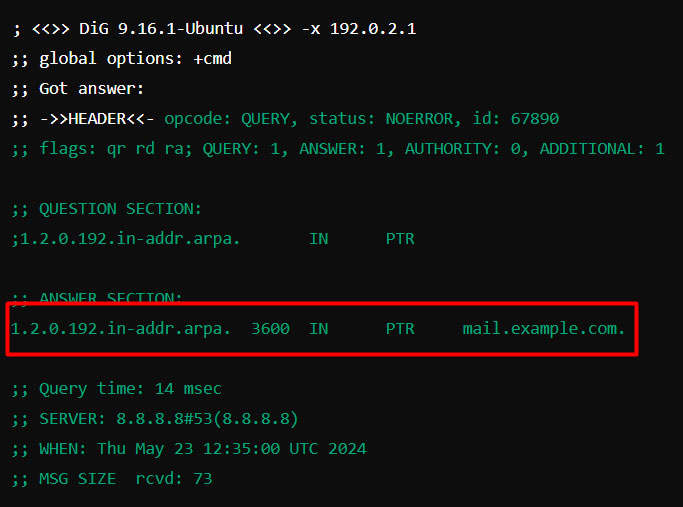
Lastly, you can confirm it using MXToolbox. Just enter your IP and see if your DNS record matches.
Ask recipients to whitelist your emails
It’s always a good idea to ask your visitors to “Save your email address” in their contact list. This sends positive signals to the mail servers and your email stays out of spam.

Keep consistent sending volume
Take a small range and make sure your email sending volume is consistent. Don’t increase your email sending limit from 100 to a few thousand in a day. Slowly increase the size as you go like a natural subscribers gain process.
Make sure you warm up your new email.

Image credits: Reply.io
Properly maintain your subscriber lists
Here’s what we mean when we say “maintain” your list. At WebHostingAdvices, we highly recommend all our readers follow these tips for their email lists.
- Make sure your subscribers “opt-in” to your newsletter or email list. If it’s your first email after a while, explain to them why they’re receiving this email.
- Remove dead/unengaged accounts. Modern email tools have a feature that automatically removes inactive subscribers. Usually, a 30-day period of no-open is good enough to consider them inactive.
- Add an “Unsubscribe” option for your readers.
- Warm up your new email before sending emails directly to the subscribers.

Conclusion
To conclude, this was all about why cPanel email going to spam and how you can stop it. You can also ask your hosting provider to check for the configuration. Mainly, you need to make sure that your email copy is smooth and genuine.
Further, you can use reliable hosting for proper email communication.

